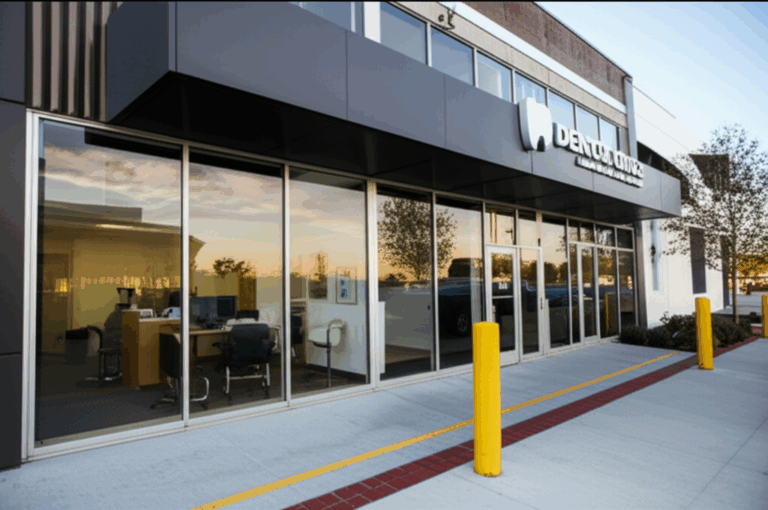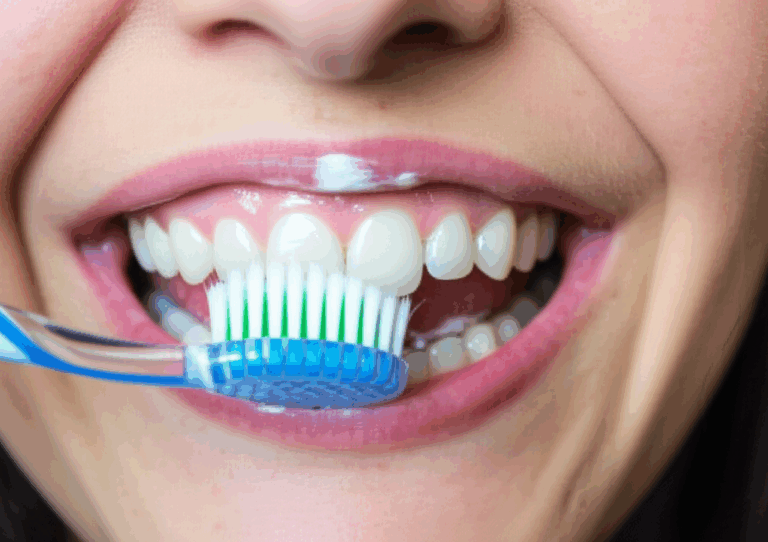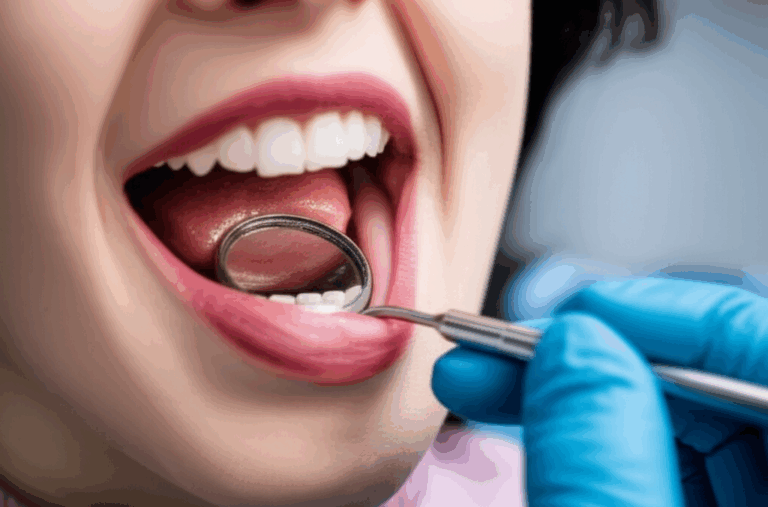
What Dentist Takes OHP? Your Friendly, Step-by-Step Guide to Finding Dental Care with the Oregon Health Plan
If you’re searching for “what dentist takes OHP,” you’re not alone. Whether you’re new to the Oregon Health Plan or simply frustrated by dead ends, it’s totally normal to feel overwhelmed. Maybe you’ve already called a few offices and heard, “Sorry, we’re not taking new OHP patients right now.” Or maybe you haven’t started yet—because every time you try, you run into confusing insurance words and unanswered questions.
Let’s take a deep breath together. Trying to get dental care with OHP can feel like trying to solve a puzzle with missing pieces. But you’re here now, and that’s the first—and most important—step. In this guide, I’ll talk you through everything you need to know, from understanding what OHP dental covers to the exact steps for finding a provider close to you. Think of me as your friendly health helper, here to help you get the care you need.
In This Article
- Understanding the Oregon Health Plan (OHP) and Dental Coverage
- What Dental Care Does OHP Provide?
- Step-By-Step: How to Find a Dentist Who Accepts OHP
- Getting Ready for Your First Appointment
- Common Roadblocks—and How to Overcome Them
- Take Charge of Your Oral Health: Your Next Steps
Understanding the Oregon Health Plan (OHP) and Dental Coverage
So, what exactly is the Oregon Health Plan—and how does it get you dental help?
OHP is Oregon’s version of Medicaid, a public health insurance for people with low income who live in Oregon. If you qualify, the state helps pay for your health and dental care, so money doesn’t have to stop you from getting a healthy smile.
But here’s where it gets a bit tricky. Not every dentist in Oregon takes OHP, and even some that do might have specific spots, only certain dental plans, or only see a set number of OHP patients at a time. No wonder it can feel confusing.
Who’s Covered?
OHP helps:
- Children and teens under 19
- Low-income adults and families
- Pregnant women
- Some older adults or people with disabilities
If you have an OHP card in your wallet, dental is included. That means both kids and adults can get check-ups and basic dental care.
Why Finding an OHP Dentist Feels Hard
If you’ve ever called a dental office only to hear they aren’t seeing new OHP patients, you’re not alone. About 70–80% of dentists in Oregon might take OHP, but being “in the network” isn’t the same as having openings. Sometimes it’s about availability, and sometimes about tricky paperwork or lower pay from insurance.
But don’t lose hope—the right dentist is out there! The key is knowing just where, and how, to look.
What Dental Care Does OHP Provide?
Let’s clear up what your dental plan covers. What’s paid by OHP dental plans—and what might you have to pay for yourself?
OHP dental coverage has gotten a lot better over the past years, with most adults and children now getting a wide range of services. Here’s what that means, in plain words:
Preventive Care—First Defense for Your Teeth
Prevention is key. That means OHP helps pay for:
- Regular cleanings (like a big cleaning for your teeth)
- Dental exams and check-ups
- X-rays (pictures to find hidden problems)
- Fluoride treatments to strengthen teeth
- Sealants for kids, to help stop cavities
These basics help you avoid bigger, more expensive tooth problems later.
Basic and Restorative Care—Fixing Problems
If you have a toothache, a cavity, or something isn’t right, OHP also covers:
- Fillings (to fix small holes)
- Simple and surgical extractions (removing a tooth)
- Root canals (when the inside of the tooth is infected)
- Crowns, under some conditions
- Replacement dentures for those who need them
Sometimes crowns, bridges, or dentures have special rules (like only being approved if cheaper fixes won’t work).
Emergency Dental Services
Pain can’t wait for an appointment. OHP helps with:
- Bad toothaches
- Broken teeth from injury
- Gum infections or swelling
- Other sudden problems that need care soon
If you’re not sure—don’t wait in pain. Some clinics and dental offices can help right away.
Special Situations
- Braces (Orthodontics): Usually only covered for children and teens if it’s really needed. Adults usually aren’t covered for braces.
- Dentures: Full or partial dentures might be covered if you meet certain needs.
- Cosmetic Work: Things like whitening or making your teeth look better for looks alone? OHP generally doesn’t cover these.
Bottom line: If it’s about pain, infection, basic use, or keeping your mouth healthy, you’re likely covered. When you’re not sure, always ask your dental office or call OHP member services.
Step-By-Step: How to Find a Dentist Who Accepts OHP
Now you know what’s covered, let’s get to it—how do you really find a dentist who will take OHP, accept new patients, and give you the help you need?
1. Know Your Dental Plan (and CCO)
Your OHP dental coverage isn’t the same for everyone. It’s run by groups called Coordinated Care Organizations (CCOs), and by dental plans like Capitol Dental Care, Advantage Dental, Willamette Dental Group, or Managed Dental Care of Oregon.
What to do:
- Grab your OHP card. It should list your dental plan and/or your CCO.
- If you don’t know, call the Oregon Health Authority (OHA) at 1-800-273-0557 or check your OHP member portal.
- Write down your plan name—this matters when you look for dentists, because each one may only take certain plans.
2. Use the Official OHP Provider Directory
Both OHA and your dental plan keep lists of dentists who take OHP now. Here’s how to use them:
A. Online Search Tools
- Visit the Oregon Health Authority OHP Provider Directory
- Filter by where you live and your dental plan.
- This helps you see which dental offices, community clinics, and health centers work with your plan.
B. Dental Plan Websites
If your card says “Capitol Dental Care,” “Advantage Dental,” or “Willamette Dental,” each has its own search:
- Capitol Dental Care Locate a Dentist
- Advantage Dental Find a Provider
- Willamette Dental Group Locations
When you call, ask if they’re taking new OHP patients for your plan.
C. Community Health Centers and FQHCs
These clinics are a big help for many people with OHP, and often take new patients when private offices are full. They help low-income or uninsured people and may even see you for less money if you’re between coverage.
How to find them:
- Use the OHA search tool above.
- Check the Oregon Primary Care Association clinic locator
- Ask your main doctor for recommendations.
D. Pick Up the Phone
Sometimes, the best way is just to call. When you call dental offices:
Ask These Questions:
- Are you seeing new patients with OHP?
- Which OHP dental plans do you work with?
- What do I bring for the first appointment?
- How long before I can get in?
- If you’re full, can you suggest another office or clinic?
Keep trying. If you hit busy signals, don’t give up—you have the right to good care.
E. Leverage Local Resources
Don’t be scared to ask for help. You can reach out to:
- Family, friends, or other people with OHP for tips
- Your main doctor for a dental referral
- Local OHP member services or charities—they often know about clinics or last-minute openings
Getting Ready for Your First Appointment
You found a dentist who takes OHP—awesome! Let’s make sure your first visit goes well. A little prep goes a long way.
What to Bring
- Your OHP card: You need this for care. Don’t forget!
- A photo ID: Even a school ID or state ID works most times.
- A list of your medications: Allergies or medicines can change your treatment.
- Any dental records, if you have them: Past X-rays or old notes help your new dentist.
- A list of questions/concerns: Write them down before so you remember them during your visit.
Will I Have to Pay Anything?
Most of the time, OHP doesn’t charge co-pays for dental. But it’s always smart to ask the office if anything might cost extra (like some crowns or dentures). You can ask: “Will there be any charges I need to know about?”
Make the Most of Your Visit
Talking helps!
- Tell them your worries. Sensitive teeth? Scared of dentists? Let your dentist know.
- Ask for tips just for you. The goal is to keep problems from coming back.
- If you ever feel rushed or confused, remember—you should get clear answers.
Common Roadblocks—And How to Overcome Them
Let’s be honest. Finding an OHP dentist isn’t always easy. You might hit waitlists, offices that aren’t taking new patients, or not have many choices, especially if you’re in a small town. So, what do you do?
Not Enough Providers or Long Waits
Some places don’t have enough dentists for every OHP patient. Don’t let this get you down.
- Check outside your town: Look in nearby towns or cities, or see if you can go to a different office of a provider.
- Call community clinics or dental schools: Your local Federally Qualified Health Center (FQHC) or the OHSU School of Dentistry might have appointments with shorter waits.
- Ask for a cancellation list: See if the front desk will call you if someone else cancels.
Can’t Find a Provider in an Emergency?
Dental pain can’t wait. If you can’t find care and you have swelling, bad pain, or trouble swallowing or breathing, don’t wait. Go to an urgent care center or emergency room—then call your dental plan for next steps.
Special Needs or Disabilities
If you or someone you care for has a disability or a special health need, ask your dental plan for “enhanced benefit providers.” Many offices can help with special needs, but it’s best to tell them early.
Take Charge of Your Oral Health: Your Next Steps
Let’s go over the big points again, simply and clearly.
Your OHP Dental Checklist
- OHP now covers more dental care. This means cleanings, check-ups, fillings, extractions, root canals, and emergency help for most kids and adults who qualify.
- Find out your dental plan / CCO first. It’s on your OHP card. Each plan has its own network and list of dentists.
- Best ways to find a dentist: Use your plan’s online directory or the OHA’s search tool. Don’t forget community clinics and FQHCs.
- Call ahead and ask good questions. Are they seeing new OHP patients? Which plans? How soon can you get in?
- Bring your OHP card, ID, and any records or questions.
- Speak up about your needs or worries. Dental teams want to help, but you are in charge.
- Run into a dead end? Try looking farther away or call dental schools and clinics. Don’t give up—you have options.
- For dental emergencies, get help right away—your safety comes first.
Feeling Empowered
Taking care of your mouth isn’t just about teeth—it’s about confidence, comfort, and your full health. If you ever hesitate to smile, eat, or laugh because of your teeth, you deserve answers.
The Oregon Health Plan exists to make sure you get care, even for your teeth. Don’t let confusion or frustration stop you. Take things one step at a time, use this guide, and know that every call or appointment gets you closer to a better smile and health.
Practical Resources and Support
Helpful Contacts:
- Oregon Health Authority OHP Member Services: 1-800-273-0557
- Your dental plan’s member service number (on your card)
- Community Health Centers near where you live
- Oregon Dental Association for professional help
Want to know more about how dental work like crowns or dentures is made? Check out these easy-to-read resources:
- See how a crown and bridge lab creates modern fixes for teeth.
- Find out about digital dental lab advances that give you a custom fit.
- Wondering about dentures? See what a removable denture lab does to bring back your smile.
You’ve Got This: The Path to a Healthier, Brighter Smile
Trying to find a dentist who takes OHP can test anyone’s patience. Feeling frustrated is normal—but with clear info and some real steps, you can get your care and take control. Remember: The hardest step is often making that first call. With each appointment, you’re building toward better health for your mouth and your whole body.
If things get tough, ask for help. Oregon’s dental support—from the OHA to your plan and local clinics—is there for you.
Take a deep breath, make the call, and show your best, happiest smile. The Oregon Health Plan supports you, and so do I.








